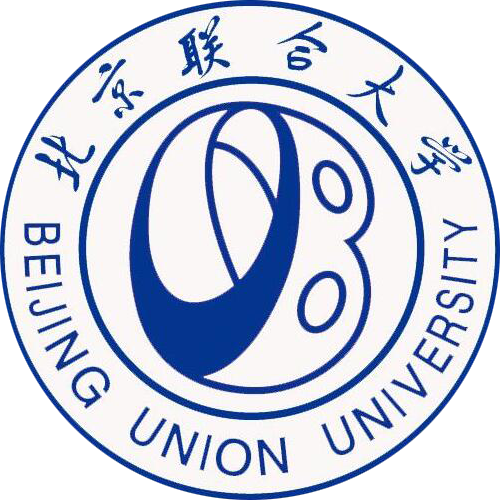详细信息
Advanced treatment of semiconductor wastewater by combined MBR-RO technology ( SCI-EXPANDED收录 EI收录)
文献类型:期刊文献
英文题名:Advanced treatment of semiconductor wastewater by combined MBR-RO technology
作者:Xiao, Yan[1];Chen, Tong[2];Hu, Yongjian[2];Wang, Deshan[2];Han, Yongping[1,3];Lin, Yakai[4];Wang, Xiaolin[1]
第一作者:Xiao, Yan
通讯作者:Wang, XL[1]
机构:[1]Tsinghua Univ, Dept Chem Engn, Beijing Key Lab Membrane Mat & Engn, Beijing 100084, Peoples R China;[2]Beijing Scinor Water Technol Co Ltd, Beijing 100083, Peoples R China;[3]Beijing Union Univ, Biochem Engn Coll, Beijing 100023, Peoples R China;[4]Beijing Scinor Membrane Technol Co Ltd, Beijing 100083, Peoples R China
第一机构:Tsinghua Univ, Dept Chem Engn, Beijing Key Lab Membrane Mat & Engn, Beijing 100084, Peoples R China
通讯机构:[1]corresponding author), Tsinghua Univ, Dept Chem Engn, Beijing Key Lab Membrane Mat & Engn, Beijing 100084, Peoples R China.
年份:2014
卷号:336
期号:1
起止页码:168-178
外文期刊名:DESALINATION
收录:;EI(收录号:20140617282216);Scopus(收录号:2-s2.0-84893367042);WOS:【SCI-EXPANDED(收录号:WOS:000332431300020)】;
基金:This work was supported by the National High Technology Research and Development Program of China (2009AA062901), the National Basic Research Program of China (2009CB623401), and the Beijing Natural Science Foundation (2100001).
语种:英文
外文关键词:Semiconductor wastewater; Advanced treatment; MBR; RO; Membrane fouling
摘要:The combination of membrane bioreactor and reverse osmosis (MBR-RO) is becoming an attractive technology for wastewater reclamation and reuse. In this work, the combined MBR-RO technology was applied to treat the semiconductor wastewater through a two-phase (I, II) operation. To demonstrate the feasibility of this technology, the operational performances of MBR and RU were investigated in Phase I. The good operational stability, high contaminant removal efficiency of the combined system, as well as qualified treated water for reuse were observed. To understand the possible fouling characteristics of RU membrane in a long-term operation, the antiscalant addition and chemical cleaning in RU process were abolished in Phase II. The membrane autopsy analysis showed that the dominant foulants on the RU membrane surface were loose inorganic deposits with plate-like morphology, while the biological and organic fouling were ignorable. The major component of the foulants was BaSO4, with small amounts of SrSO4 and deposits involving Ca, Si, Al, Mg, Fe and Zn. The foulants could be effectively removed by chemical cleaning of HCl-NaOH/EDTA. After the cleaning, the RU membrane permeability was recovered to the fresh one. This work provides a deep understanding of treating the semiconductor wastewater by MBR-RO technology for industrial application. (C) 2013 Elsevier B.V. All rights reserved.
参考文献:
![]() 正在载入数据...
正在载入数据...


